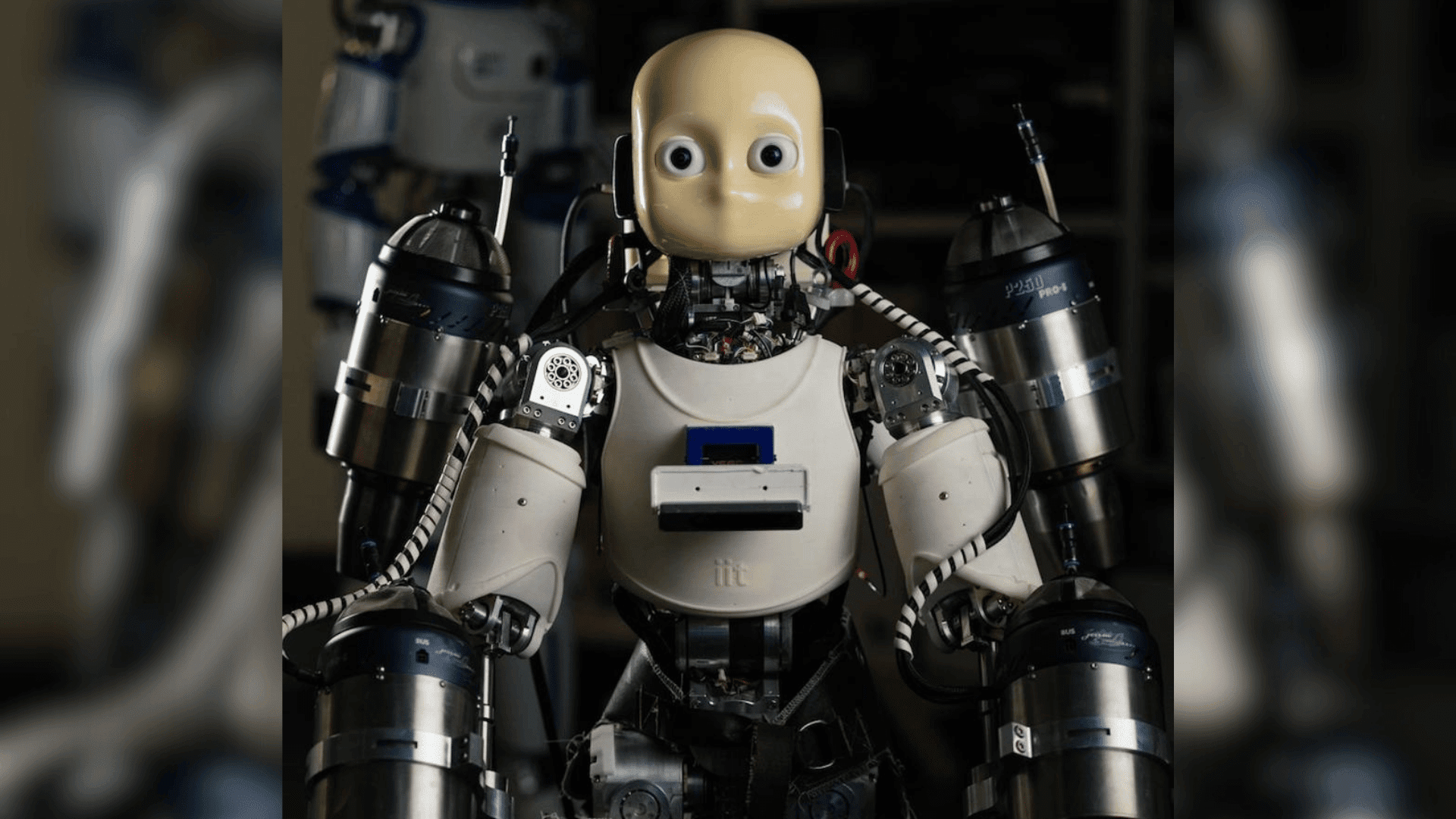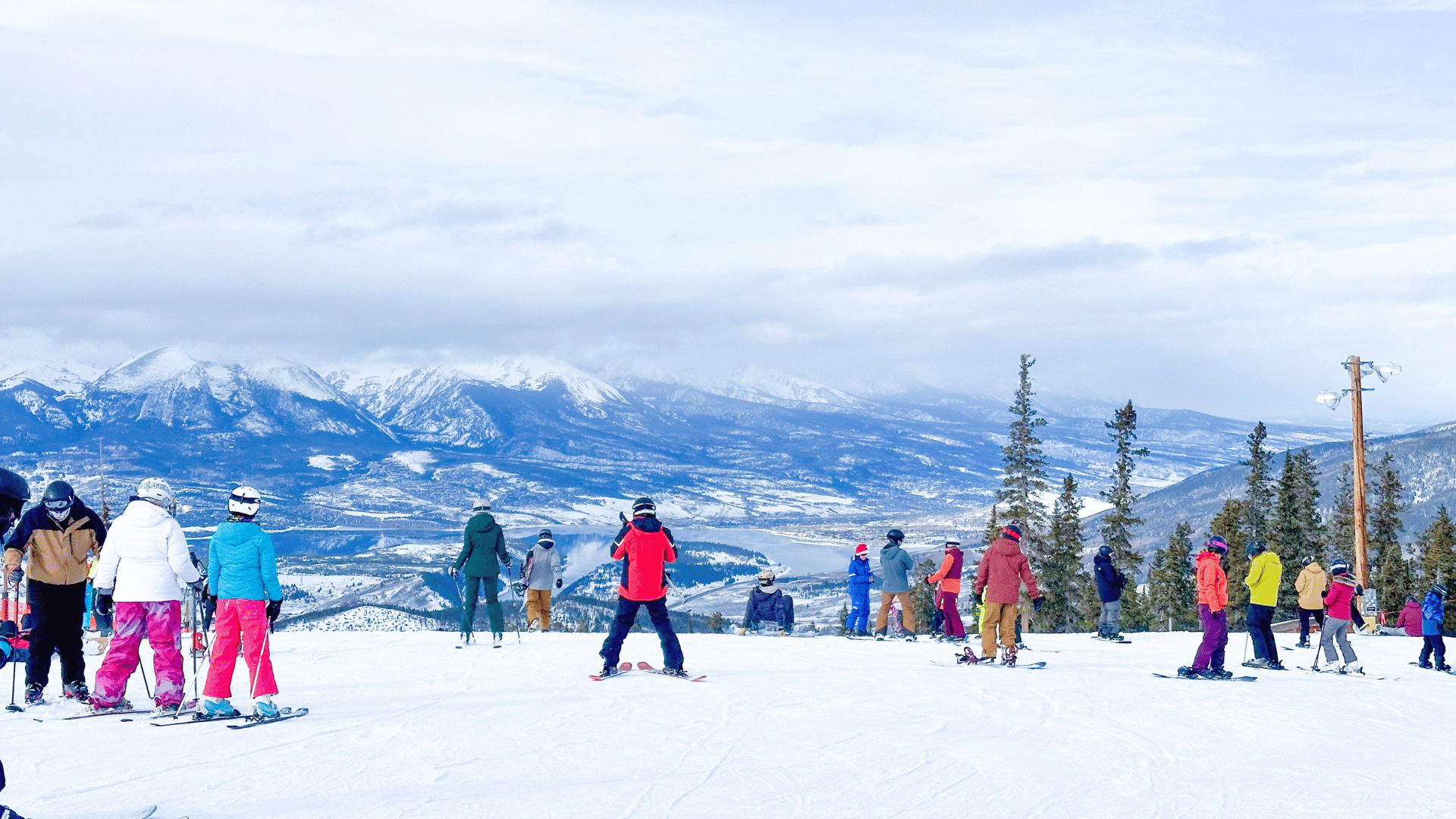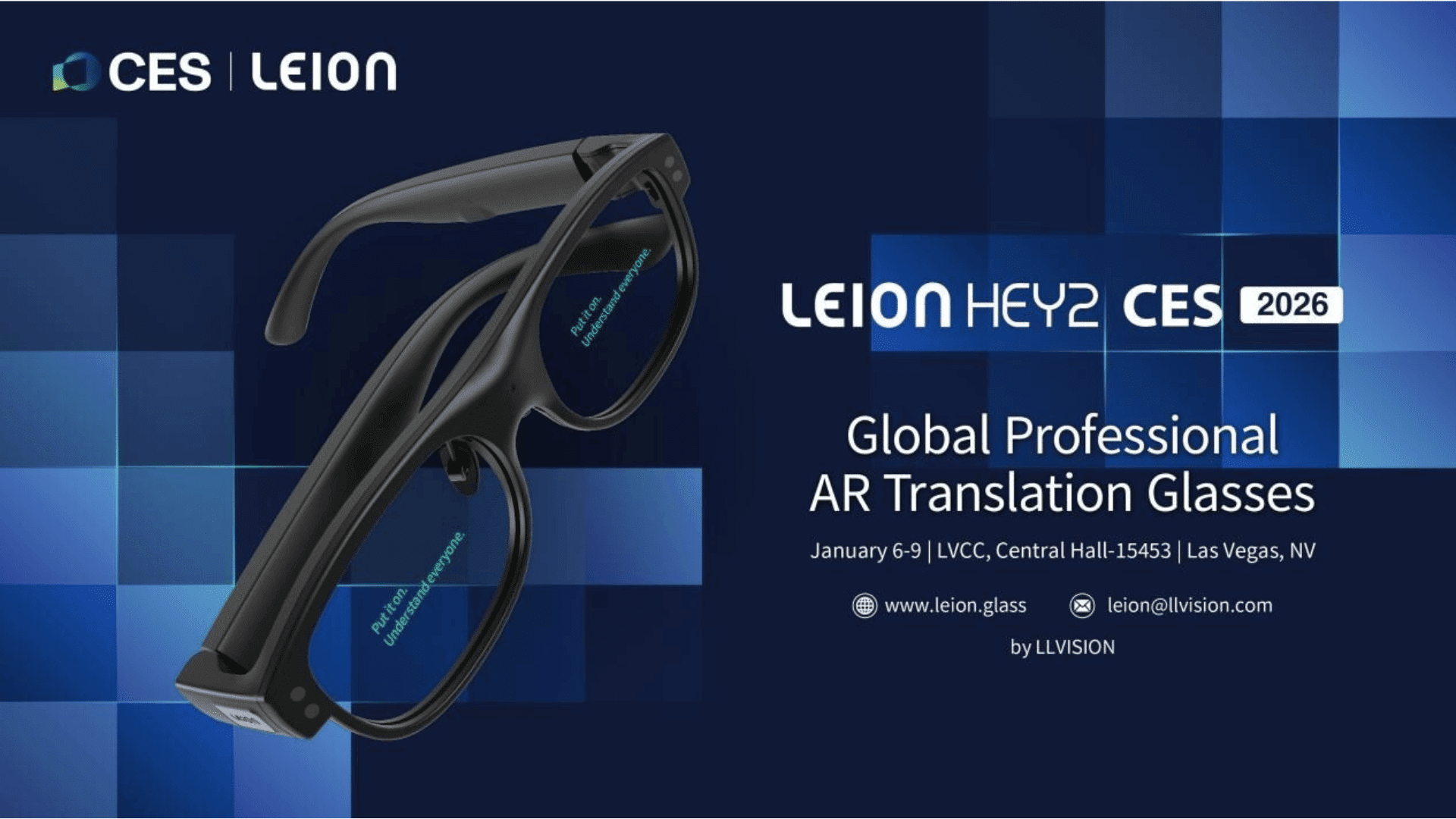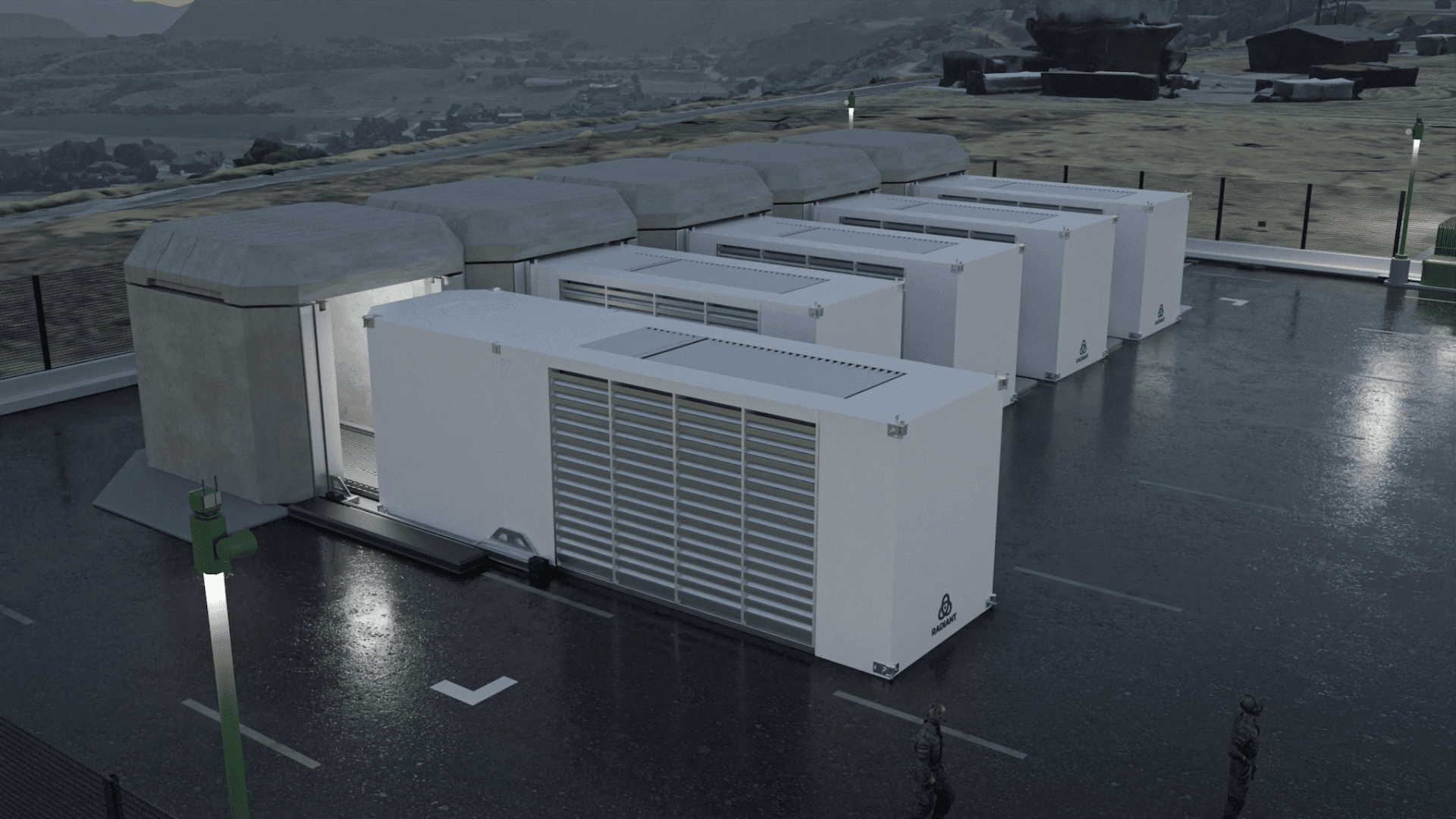An Italian robotics team created a jet-powered flying robot named iRonCub that lifted off the ground around 1.5 feet while maintaining stability.
iRonCub’s creators hope that its first flight could lead to robots that can switch between terrestrial and aerial navigation when moving through extreme terrain, including environments impacted by natural disasters.
Flying Robot Takes Off

According to the study, the team modeled and controlled the gadget’s aerodynamics through wind tunnel experiments. Through these tests, iRonCub demonstrated its ability to hover and perform controlled flight movements while combating powerful gusts of wind and extreme temperatures.
Designing a humanoid robot with this level of mobility can help in disaster scenarios because critical access points are often designed for humans, such as ladders, gas valves, switches, handles, and doors. Daniele Pucci, Davidi Gorbani, and Antonello Paolino, coauthors of the new paper, said in a joint statement to Forbes. “A humanoid robot, therefore, is inherently well-suited to interact with these human-centric systems, navigating staircases, narrow corridors, or uneven terrains, and directly manipulating objects designed for human hands.”
The most recent model was developed from iCub, a research-grade robot that was designed to help develop and test embodied AI algorithms. iRonCub is equipped with AI-powered control systems and four jet engines – two on its arms and two on a jetpack attached to its back.
The 154-pound robot was designed with a titanium spine and heat-resistant covers to protect it from the heat and force of the attached jet engines. Though iRonCub hovers close to the ground and remains in a harness for safety, achieving this feat wasn’t easy, as the robot’s movable limbs complicate its aerodynamics.
Researchers plan to set up a dedicated area for untethered liftoffs to put the robot through more test flights.
“Controlling these robots in flight is fascinating yet dangerous, and there’s no room for improvisation,” Pucci, Gorbani, and Paolino said to Forbes. “The complexity of safely managing combustion, heat dissipation and high-speed airflow demands meticulous, multidisciplinary co-design strategies, simultaneously optimizing the robot’s physical shape, materials, control algorithms and propulsion system placement.”








